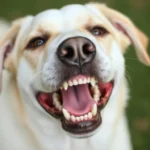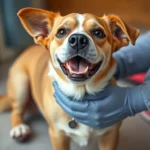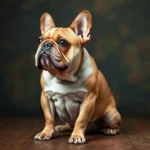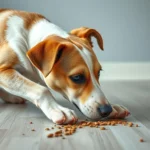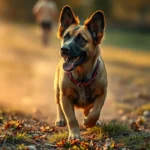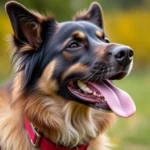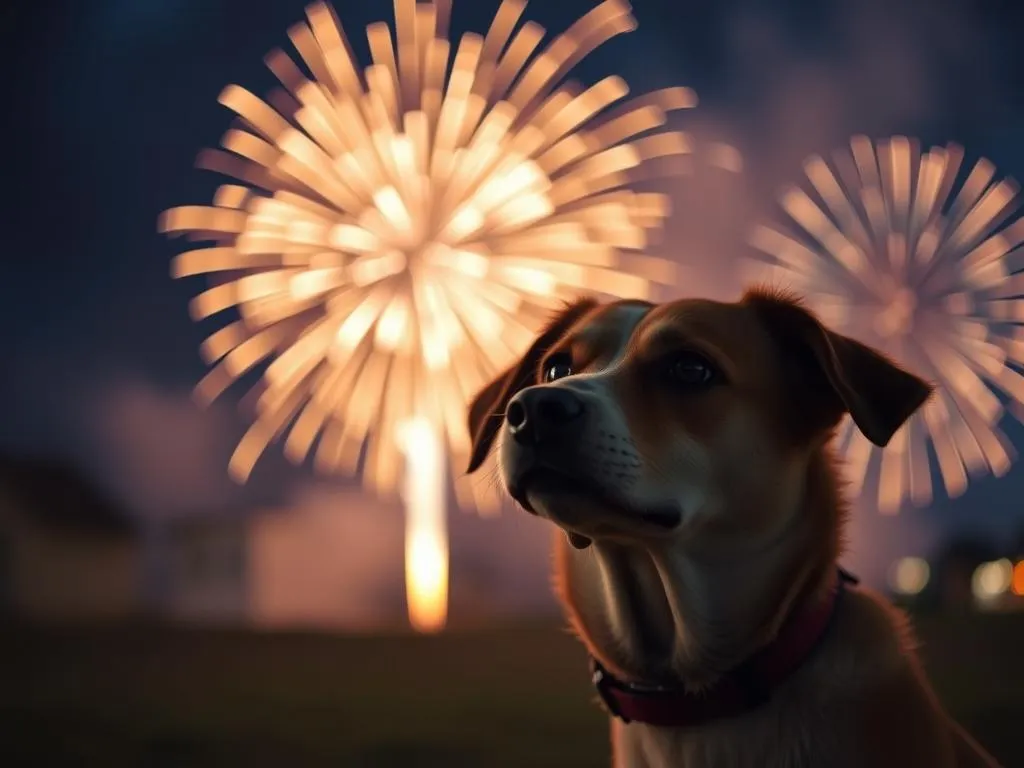
Introduction
As the 4th of July approaches, many dog owners face a common challenge: how to keep your dog calm during 4th of July fireworks. Fireworks can cause significant stress and anxiety for dogs, leading to panic, fear, and even dangerous behaviors. Understanding how to manage your dog’s anxiety is crucial for their health and well-being during this festive time.
Dogs often react negatively to loud noises, which can trigger a range of symptoms from trembling and hiding to excessive barking. By preparing in advance and implementing effective strategies, you can help your furry friend navigate this noisy holiday with ease.
Understanding Canine Anxiety
What is Canine Noise Anxiety?
Canine noise anxiety refers to the fear or stress that dogs experience due to loud sounds, such as fireworks, thunderstorms, or even heavy traffic. Symptoms can include:
- Trembling or shaking
- Excessive barking or howling
- Hiding or seeking comfort
- Destructive behavior
- Loss of appetite
Statistics indicate that approximately 30% of dogs show signs of noise anxiety, making it a widespread concern among pet owners.
Causes of Anxiety During Fireworks
Several factors contribute to a dog’s anxiety during fireworks displays:
- Loud Noises and Sudden Sounds: The unexpected blasts and crackles of fireworks can startle dogs, triggering their fight-or-flight response.
- Association with Traumatic Experiences: If a dog has had a prior traumatic experience related to loud noises, they may develop a heightened sensitivity to similar sounds.
- Sensitivity to Environmental Changes: Some dogs are more sensitive to changes in their environment, including the excitement and commotion of a holiday celebration.
Understanding these causes can help you provide better care for your dog and implement effective calming strategies.
Preparing Ahead of Time
Creating a Safe Space
One of the most effective ways to help your dog is by creating a safe space in your home. This area should be quiet and comfortable, free from the sounds of fireworks. Consider:
- Choosing a room away from windows and doors where noise is less likely to penetrate.
- Utilizing familiar items such as your dog’s favorite blankets and toys to make the space inviting.
Pre-Fireworks Routine
Establishing a calming routine before the fireworks begin can significantly reduce your dog’s anxiety. Consider incorporating the following:
- Exercise: A long walk or play session earlier in the day can help expend some of your dog’s energy, making them more likely to relax.
- Mental Stimulation: Engage your dog with puzzle toys or interactive games to keep their mind occupied.
Consulting with a Veterinarian
Before the 4th of July, it’s wise to discuss your dog’s anxiety with a veterinarian. They can provide valuable insights and may recommend:
- Anxiety Management Options: Professional advice on behavioral strategies.
- Medications or Supplements: In some cases, your vet may prescribe calming medications or suggest natural supplements.
Techniques to Keep Your Dog Calm
Desensitization and Counter-Conditioning
Desensitization involves gradually exposing your dog to the sounds of fireworks in a controlled environment. Here’s how to implement it:
- Gradual Exposure: Use recordings of fireworks at a low volume, gradually increasing the sound as your dog becomes more comfortable.
- Positive Reinforcement Techniques: Reward your dog with treats and praise when they remain calm during these sessions.
Sound Therapy and Noise-Masking
Using sound therapy can also help alleviate anxiety. Consider these techniques:
- White Noise Machines: These devices can mask the sound of fireworks, creating a more calming environment.
- Calming Music: Play soft music designed for dogs to create a soothing atmosphere.
Additionally, soundproofing techniques in your home—such as closing windows and using heavy curtains—can help reduce external noise.
Behavioral Strategies
Training your dog to respond to specific commands can be a valuable tool. Here are some strategies:
- Training Commands for Calming Signals: Teach your dog to associate commands like “settle” or “relax” with calm behavior. Use treats to reinforce this training.
- Engaging in Distractions: Provide toys, chew items, or even interactive games to divert your dog’s attention from the noise outside.
Natural Remedies for Anxiety
Herbal Supplements and Essential Oils
Many dog owners seek natural remedies for anxiety. Some effective options include:
- Herbal Supplements: Ingredients like chamomile, valerian root, and passionflower can promote relaxation. Always consult your veterinarian before introducing new supplements.
- Essential Oils: Lavender and chamomile essential oils may have calming effects. However, ensure they are safe for dogs and use them in moderation.
Calming Products
Several products on the market are designed to help alleviate anxiety in dogs:
- Thundershirts and Anxiety Wraps: These garments provide gentle, constant pressure, which can help calm anxious dogs.
- Calming Chews and Treats: Many commercially available treats contain natural calming ingredients, making them a convenient option for anxious dogs.
During the Fireworks Display
Staying Present and Calm
Your demeanor during the fireworks is crucial. Dogs often pick up on their owner’s emotions, so remaining calm and composed can help soothe your pet. Techniques to consider include:
- Reassuring Your Dog: Speak in a soft, soothing tone to provide comfort. Physical touch, such as gentle petting or cuddling, can also help.
- Avoiding Reinforcement of Fear: While it’s essential to comfort your dog, avoid giving excessive attention if they are panicking. This can inadvertently reinforce their fearful behavior.
Monitoring Your Dog’s Behavior
Keep a close eye on your dog’s behavior during the fireworks. Recognizing signs of distress is vital. Look for:
- Trembling or shaking
- Hiding or seeking refuge
- Excessive barking or whining
If your dog appears to be in severe distress, consider intervening or seeking professional help.
After the Fireworks
Post-Event Calm Down
Once the fireworks have ended, it’s essential to help your dog relax. Activities that might help include:
- Calm, Relaxing Walks: A quiet, gentle walk can help your dog decompress after the noise.
- Consistent Routine: Maintain a regular routine to provide stability and predictability for your dog.
Evaluating the Experience
After the event, take some time to reflect on your dog’s experience. Consider:
- What strategies worked effectively?
- Were there any particular triggers that caused heightened anxiety?
Making notes about what was successful can help you prepare for future events.
Conclusion
In summary, how to keep your dog calm during 4th of July fireworks involves understanding canine anxiety, preparing ahead of time, and utilizing a variety of calming techniques. By creating a safe space, establishing a pre-fireworks routine, and employing behavioral strategies, you can help your dog feel more at ease during this stressful time.
Preparation and proactive measures are key to ensuring your dog’s well-being during fireworks displays. If your dog continues to struggle with anxiety, don’t hesitate to seek professional help. Remember, your furry friend relies on you to guide them through their fears, and with the right strategies, you can help them enjoy this festive holiday with confidence.
